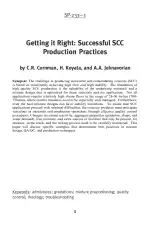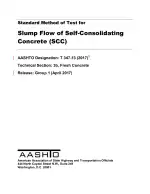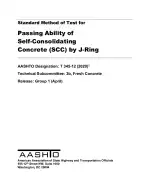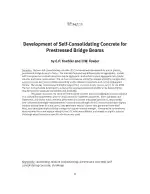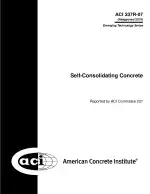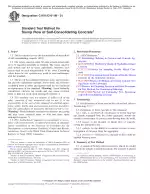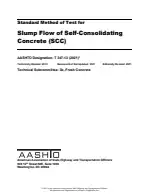Workability of SCC: Roles of Its Constituents and Measurement Techniques
Also Known As:
ACI SP-233:2006 is a special publication that focuses on the workability of self-consolidating concrete (SCC), specifically the roles of its constituents and measurement techniques. The publication contains 10 papers that were presented at technical sessions organized by ACI Committee 236 and ACI Committee 237, during the ACI Spring 2005 Convention in New York City. These papers cover a range of topics related to SCC, including mixture proportions, effects of raw materials on workability, rheometer testing, form pressure, and structural response under earthquake loading.
The purpose of this publication is to promote the use of SCC and provide practical information and research on its workability. SCC is a highly flowable and stable concrete that does not require mechanical consolidation and can fill formwork and encapsulate reinforcement without separation of material constituents. It offers numerous advantages over conventional concrete, such as eliminating the need for vibration, reducing construction time and labor cost, improving durability, and facilitating constructibility.
The editors of the publication express their gratitude to the authors, presenters, reviewers, and ACI staff for their contributions in organizing the technical sessions and preparing the publication. It is hoped that the success of these sessions and the publication of this special publication will encourage and facilitate the use of SCC in construction projects. The publication also includes a table of contents listing the titles and authors of the papers included in the volume.
| Descriptors | Consolidation |
| Language(s) | English |
| File Size | 3.8 MB |

